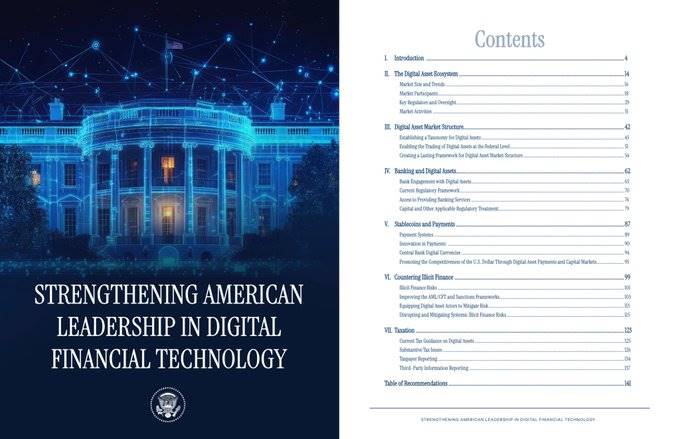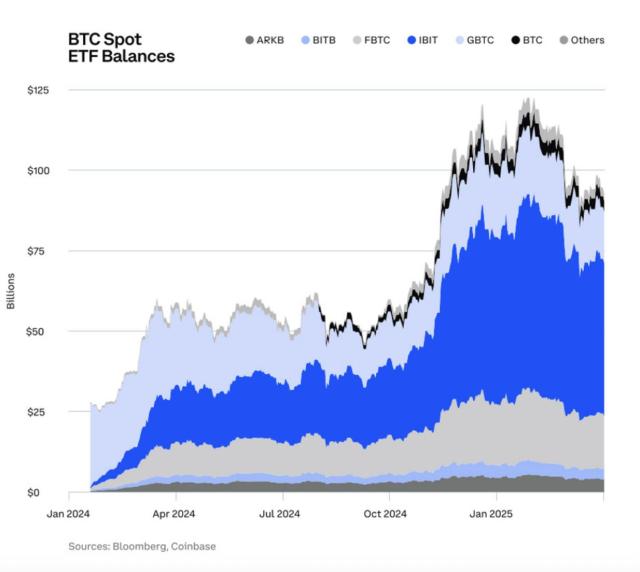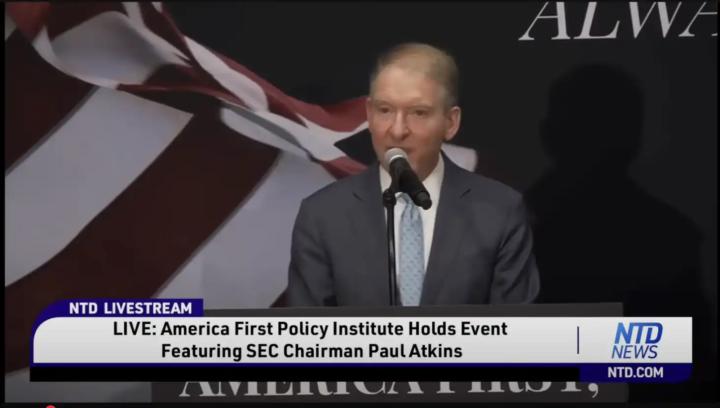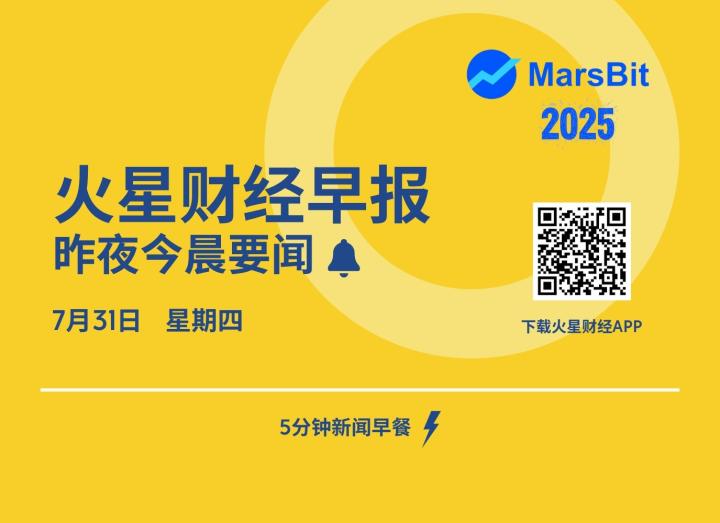Author: Heechang Four Pillars
Translated by: TechFlow
Key Points
The Task Force for Executive Order 14178 today released a 166-page report outlining how the United States will lead the blockchain industry and embrace the "Crypto Golden Age".
The core content of the report can be summarized into four key points: (i) Establishing a unified classification framework for digital asset markets; (ii) Interconnectivity between banking and blockchain industries; (iii) Accelerating stablecoin adoption; (iv) Developing guidelines for illegal financial activities and taxation.
In the real world, the momentum of transformation is becoming increasingly apparent. Collaborations between traditional financial institutions (such as JPMorgan) and blockchain-based platforms (such as Coinbase and Robinhood) are demonstrating an important trend towards practical financial innovation.
Although countries like the United States are leading in this field, South Korea should also take more action and maintain an open attitude - essentially saying, "Let's seriously study and try to understand all of this". Only by beginning to understand now can we avoid being left behind in the wave of rapid transformation.
1. Those Who Recognize the Blockchain Trend Will Lead
In the United States, the government is actively recognizing the potential of blockchain and digital assets and is vigorously promoting them. On January 23, 2025, President Donald Trump issued Executive Order 14178 to "Strengthen U.S. Leadership in Digital Financial Technology", which established clear regulatory guidelines and encouraged innovation in this field. Under this order, the Task Force for Executive Order 14178 today released a 166-page report outlining how the United States will lead the blockchain industry and embrace the "Crypto Golden Age".
The report reviewed the United States' long tradition of technological innovation and assessed how blockchain and digital assets (cryptocurrencies) could fundamentally change the financial system and asset ownership structures. The report also noted that overly restrictive measures like the previous government's "Operation Choke Point 2.0" had excluded legally compliant crypto companies from the banking system. The report suggests that the government should actively support business activities related to these innovative technologies rather than suppressing them.
Adhering to the spirit of Executive Order 14178, the report emphasizes that U.S. regulators should promote innovation through clear and consistent rules and attract crypto companies to operate domestically. The report urges agencies like the SEC and CFTC to collaborate in establishing clear standards and a unified classification framework to eliminate regulatory gaps. Meanwhile, the report recommends adopting a technologically neutral and flexible regulatory approach in emerging fields like DeFi to ensure that innovation is not hindered by outdated rules.

Source: Strengthening U.S. Leadership in Digital Financial Technology - White House
Simultaneously, Hong Kong has quickly responded in kind. In June 2023, the Hong Kong government officially implemented a licensing system for virtual asset exchanges, aimed at regulating cryptocurrency trading while allowing retail investors limited participation. In May 2025, it passed Asia's most advanced "Stablecoin Act", establishing licensing requirements for institutions issuing stablecoins pegged to legal tender. It will officially take effect on August 1, 2025. Thanks to this "regulatory and innovation-friendly" approach, Hong Kong is poised to promote blockchain development and become one of Asia's leading digital asset centers.
2.2 Banking and Blockchain Industries Should Interconnect
This section discusses the integration of the banking and cryptocurrency industries and provides policy recommendations on how U.S. banks can expand their participation in digital assets under prudent regulation. The report mentions the previous government's initiative to cut off banking services to cryptocurrency companies - a policy called "Operation Choke Point 2.0" - and criticizes it as an incorrect approach attempting to stifle industry development by pushing legitimate businesses away from the banking system.
The report points out that this top-down pressure has led to many U.S. cryptocurrency companies facing issues such as bank account closures, resulting in unintended consequences like consumer harm and the growth of unregulated "shadow" markets.
The report emphasizes that banks can significantly improve efficiency and save costs by utilizing blockchain technology. For example, integrating distributed ledger into payment and settlement systems can enable round-the-clock real-time payments and atomic settlements, eliminating business hours limitations and reducing costs associated with central clearing institutions. Some large banks are already moving in this direction, testing their own digital dollar tokens or blockchain platforms for bond settlements.
The recommendations in this section include:
- Clarify crypto-related activities permitted for banks and restore initiatives like regulatory innovation offices to provide guidance in this field.
- Enhance transparency in bank license approvals and Federal Reserve account application processes to facilitate new enterprise entry while avoiding unfairly preventing existing banks from serving crypto clients.
- Align bank capital requirements with actual risks and develop regulatory guidance for new risk exposures such as tokenized assets.
2.3 Stablecoins Should Be Viewed as Innovative Digital Tools and Actively Promoted
[The rest of the translation follows the same professional and accurate approach, maintaining the original meaning and tone while translating into clear, fluent English.]Due to the blockchain industry (especially stablecoins) still being in its early stage, it is difficult to list specific successful cases to prove the rationality of its application. However, precisely because of this, maintaining an open attitude - essentially saying "let's carefully examine and try to understand it" - is crucial. Only by starting to understand it now can we keep up with the rapidly changing pace.
4. Gradually Piecing Together the Puzzle, the Future Begins to Emerge
The boundaries between finance and the blockchain field are starting to blur, with leading enterprises from both sides beginning to collaborate. A typical example is that the largest US bank JPMorgan Chase and the cryptocurrency exchange Coinbase announced a partnership. JPMorgan Chase will allow its credit card customers to exchange reward points for USDC on Coinbase's Base blockchain and directly connect customer accounts with the Coinbase platform, enabling seamless, near-instant conversion between fiat and cryptocurrency. This is a milestone integration between traditional banks and cryptocurrency exchanges, indicating that major financial institutions now view digital assets as a legitimate component of their financial services.
This trend is not limited to banks and exchanges. Coinbase has also collaborated with Morpho to expand the on-chain financial field, or the DeFi domain. Through this partnership, users can deposit their held Bitcoin through the Coinbase app and use it as collateral to borrow USDC for daily expenses. This demonstrates an asset utilization strategy that traditional finance cannot achieve. In reality, investors can continue to hold Bitcoin while managing daily cash flow, showing that blockchain-based financial innovation has entered a practically feasible stage.
New developments are also emerging in the fintech sector. The popular trading platform Robinhood is launching its own Layer-2 blockchain to provide infrastructure for on-chain issuance and trading of listed and private stocks. Robinhood Chain will ultimately connect to the Ethereum ecosystem. This means that fintech platforms can not only provide brokerage services but also leverage their own blockchain to handle a broader range of on-chain financial assets. In short, a new trend is forming: traditional fintech platforms are adopting blockchain technology to achieve asset ownership and liquidity that was previously impossible.
Unfortunately, compared to these global financial innovation cases, South Korea remains behind. There are no substantial cooperation or integration initiatives between South Korean banks, exchanges, fintech startups, and DeFi projects. Perhaps Korean institutions should at least try using private blockchain platforms (such as JPMorgan's private Kinexis network) to accumulate practical experience. Major global countries and financial institutions have begun drawing blockchain-driven financial blueprints and actively collaborating. If South Korea continues to stagnate, domestic discussions will inevitably remain at the theoretical level and fail to be put into practice.
Of course, implementing blockchain is not easy, and being cautious when its market impact is still unclear is understandable. However, avoiding issues or indefinitely delaying action due to uncertainty is not the best choice. Blockchain-driven financial system transformation has already begun, with pioneers rapidly learning and accelerating progress. The only thing left is for others to decide when and how to join this wave.
The momentum of transformation is becoming increasingly apparent. As the puzzle gradually comes together, now is the critical moment to deeply understand the blockchain industry - and the best time to seriously consider and take action to adopt blockchain technology.








